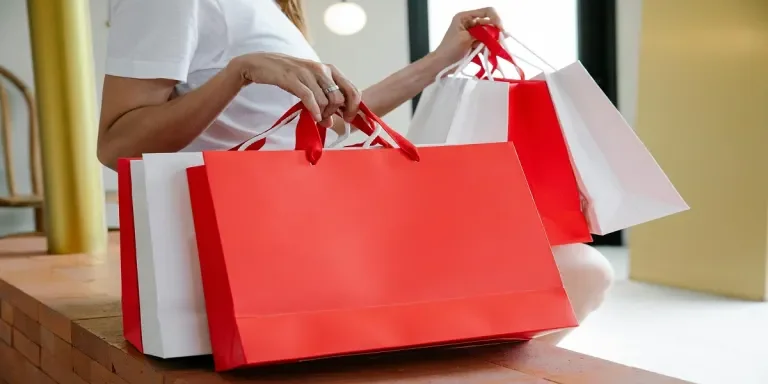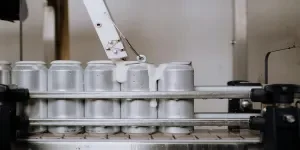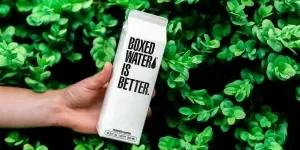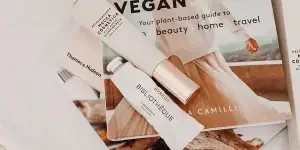The primary purpose of garment bags extends beyond simply protecting clothes such as suits and dresses from potential damage caused by moisture, dust, and rough handling during transportation or storage. A customized garment bag can enhance the brand’s image, establish a strong emotional connection with customers, and convey the brand’s message or story effectively.
But customizing garment bags is more than sticking a brand’s logo on the package and choosing nice colors that match it. Businesses can infuse creativity, functionality, and even instructional features into their packaging designs. Let’s explore six innovative ideas that can make every garment bag a distinctive piece that shoppers can’t resist!
Table of Contents
Print the brand’s history
Promote social media interactions
Suggest product pairings
Include instructional diagrams
Incorporate promotional themes
Answer FAQs and customer objections
Boost customer engagement with practical garment packaging
Print the brand’s history
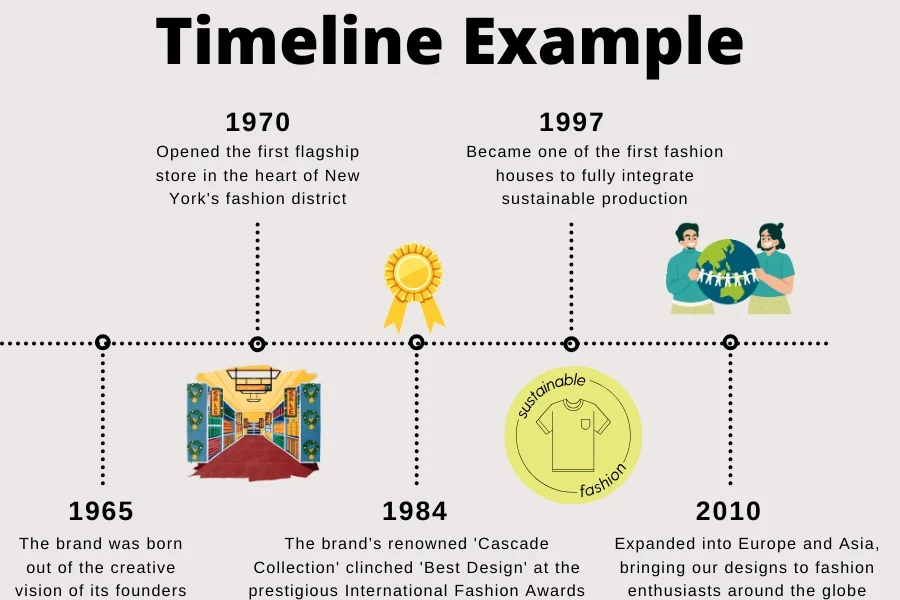
When it comes to clothes, customers want to wear something with a great story behind it. Brands can turn their garment bags into a mini storybook by printing a visually appealing timeline of their history along the width or length of the bag. This kind of interactive storytelling allows customers to learn about the brand’s significant milestones, the journey, and what sets them apart, all while unboxing their newly bought clothes.
For example, a brand could use ziplock plastic bags with the timeline starting from the zip enclosure and moving downwards to the current year at the bottom edge of the bag. Important events or iconic products could be marked with distinct icons and brief descriptions. Businesses can make the unboxing experience even more mesmerizing by customizing a plastic box with collapsible sides where a brand’s journey is portrayed.
The inside of each side could depict the brand’s timeline, critical events, or spotlight star products. As the customers open up the box, the sides fall flat to reveal this timeline or gallery, just like unraveling a surprise. Alternatively, brands that prefer a simpler design for their custom garment bags, can choose to print their logo at the top or bottom of the bag for a clear visual impact.
Beneath the logo, a QR code could be added. This code, when scanned by shoppers, could lead them to a website dedicated to detailing the brand’s history. The webpage could include interactive features such as a timeline, videos, images, and more to engage the customer further.
Promote social media interactions
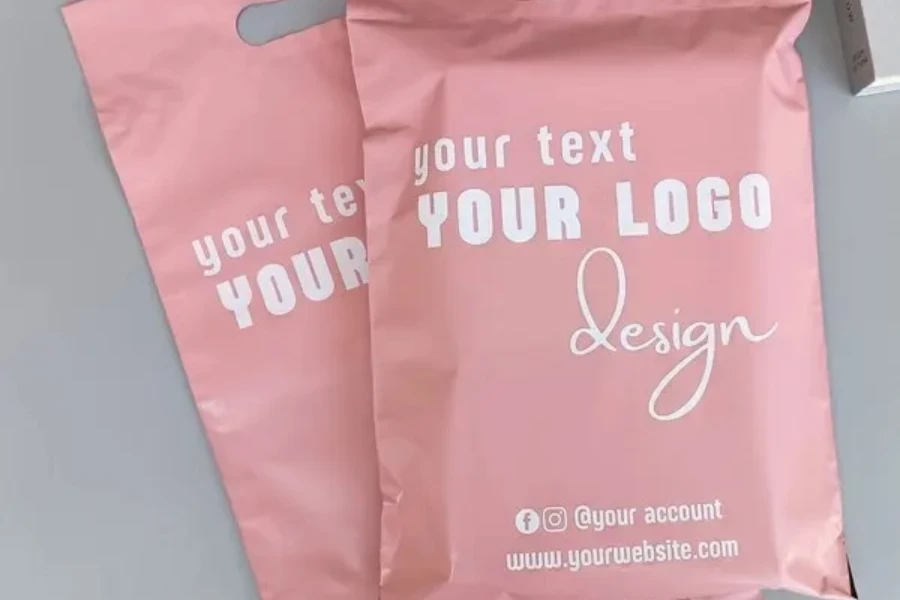
Sharing the brand’s history on the garment bag is not the only way to create a deeper connection with the customer. In a Sprout Social survey, 78% of consumers expressed their desire for brands to use social media to help people connect with each other.
Social media provides a space for brands to interact with their customers directly. Customers can engage with the brand through comments, messages, reviews, and shares. One simple approach is for brands to use the space on their garment packaging to promote their social media handles.
This strategy is genius in its simplicity and effectiveness. By printing their Instagram, Twitter, Facebook, TikTok, or Snapchat names right on the garment bags, brands make it super easy for customers to find and follow them on social media.
Besides social media handles, brands can motivate customers to share their purchases or experiences by using a specific hashtag. For example, they could encourage customers to post their own drawings, messages, or photos alongside their purchases. The incentive might include having the winning design featured on future packaging, fostering a sense of ownership and pride among customers.
Suggest product pairings
Custom garment bags can transform from merely serving as a simple wrapping material to functioning as a powerful marketing tool for product promotion and upselling. By featuring images of coordinated items, ensembles, or accessories on the packaging, brands can subtly suggest other products from their line that pair well with the purchased garment.
For example, a brand could opt for clear plastic garment bags and include colored printed inserts showcasing different products from their line. For instance, an insert could show a pair of jeans that the customer bought, paired with printed images of a corresponding shirt, jacket, and boots that would complete the look.
Another creative way is to use color-coded plastic garment bags based on the color palette of the season. For instance, when a customer purchases a mustard yellow top for fall, the bag could showcase silhouettes of other brand items in corresponding seasonal colors, like burgundy skinny jeans, brown ankle boots, and a plaid scarf.
Brands seeking a high-tech customization option can use Augmented Reality (AR) codes on their garment bags for an immersive customer experience. For instance, a sportswear retailer selling running socks could print a small AR code on the plastic packaging bag. When customers scan the AR code, they can see a virtual try-on feature showing how these socks look with various athletic shoe options from the brand’s collection.
Include instructional diagrams
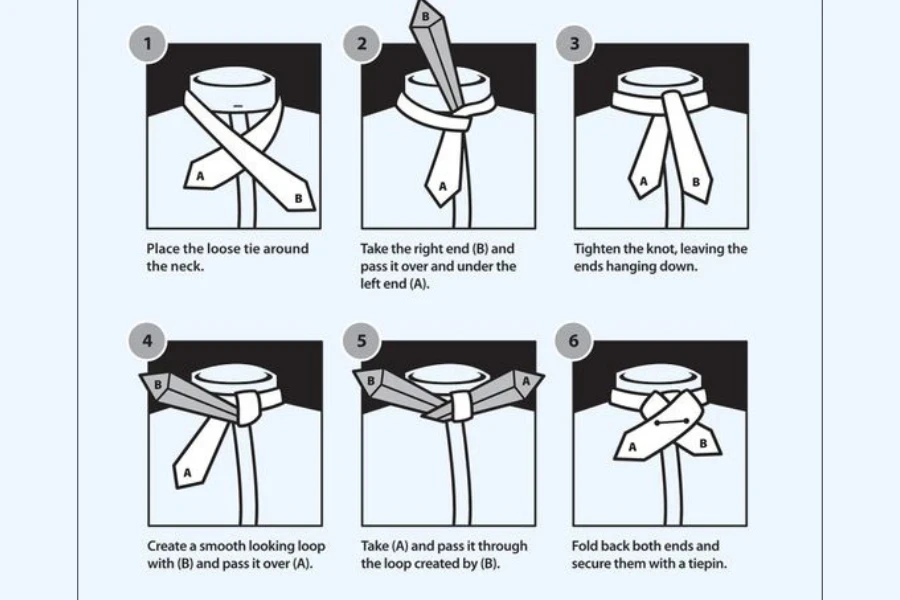
Not only can a customized garment bag reinforce brand identity, but it can also provide functional and educational value. Businesses can print clear and precise instructional diagrams on these bags to offer a practical guide for customers on how to use and care for the garment properly.
For example, garment businesses can use Spot UV to print a series of diagrams onto a plastic tote bag, with each illustration showcasing a distinct method for tying a tie or draping a scarf. The glossy lines produced by Spot UV can emphasize the path that the tie or scarf needs to follow during each step, as well as highlight specific knots or loops.
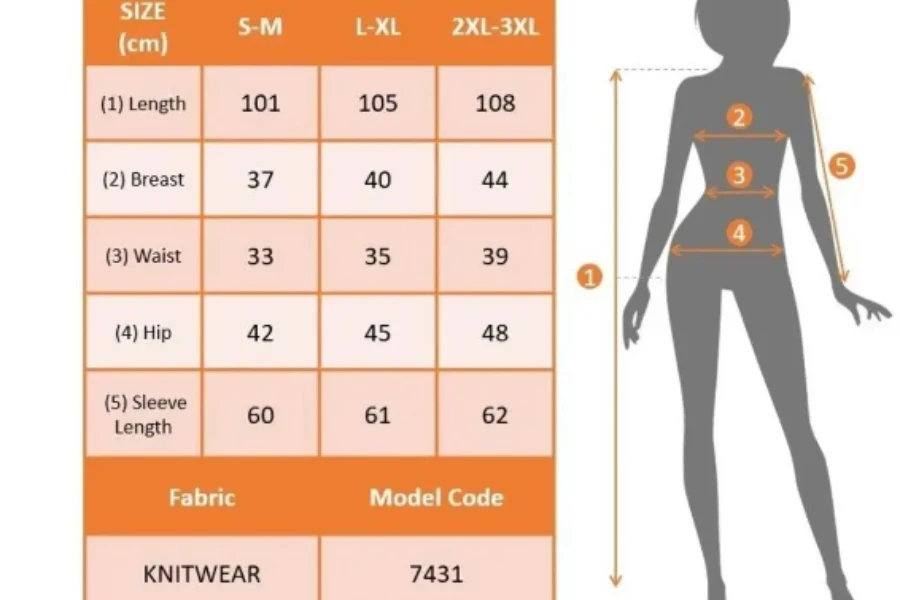
For apparel items such as t-shirts or tops, where sizing can differ from one country to another, brands can turn their garment bag into a visual guide. For instance, they may print a size conversion chart on a slider zip bag or incorporate measurement icons that cover specific dimensions (chest, waist, length).
For delicate clothing like lingerie or silk scarves, brands can use hydrochromic ink on the packaging. This ink shows the washing instructions when the plastic bag gets wet. This allows customers to easily access the care guide by just moistening the garment bag when they’re ready to wash their product.
Incorporate promotional themes
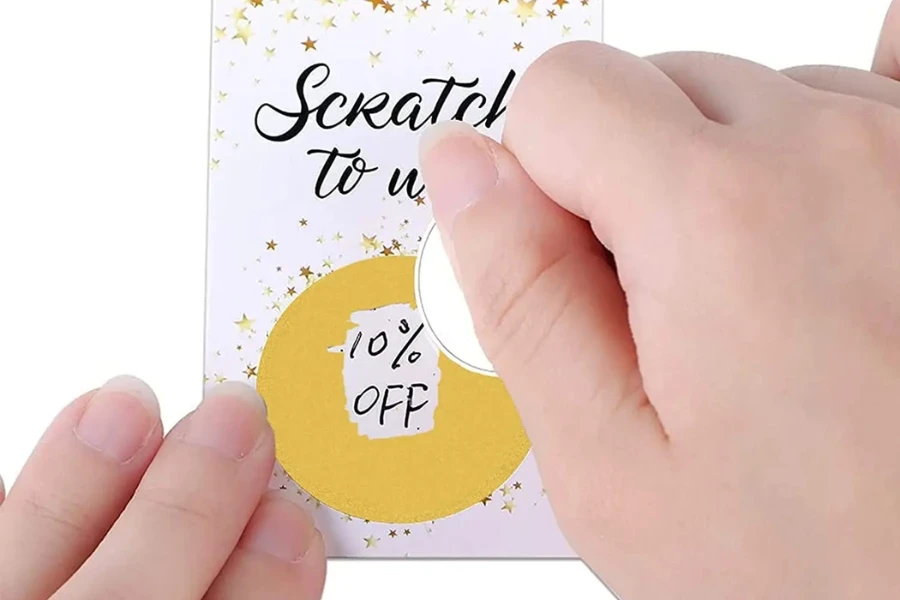
It’s possible to turn simple packaging into a walking advertisement that increases brand visibility and incentivizes potential customers to purchase the product. With customized promotional garment bags, the promotion starts when customers place the item in their shopping cart.
A simple promotional idea is to use a scratch-off panel on custom plastic garment bags. When customers scratch the scratch-off ink, they can reveal the discount or offer beneath. Consequently, shoppers will feel rewarded for their purchase.
For instance, a luxury apparel brand could use clear polythene garment covers with a scratch-off section on the lower third of the cover. Inside could be exclusive offers like “20% off on your next purchase.” Customers will likely make a purchase, as people naturally love surprises.
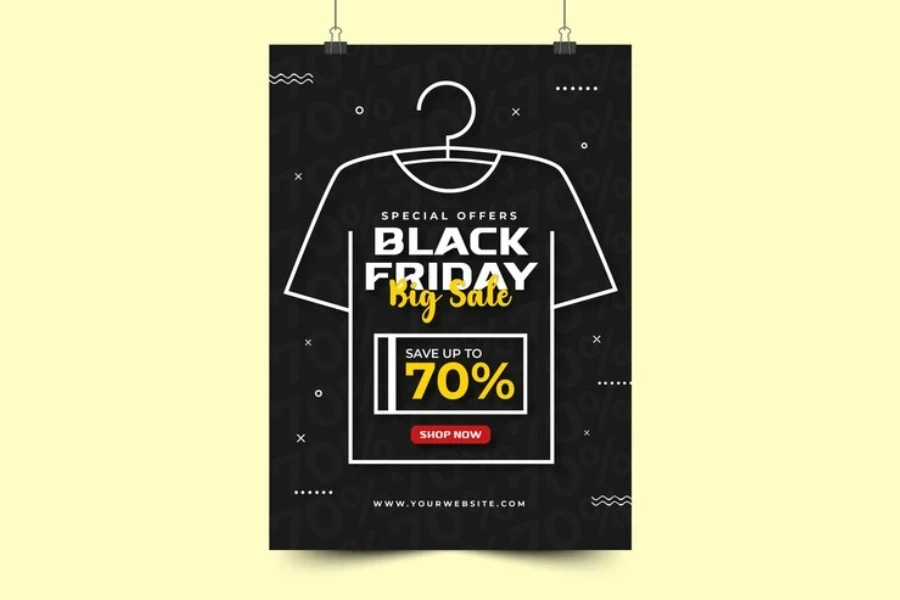
Alternatively, clothing brands can leverage seasonal sales by customizing their garment bags with themed discounts. By showcasing season-specific designs, brands can create excitement, appeal to the customer’s sense of relevance, and prompt immediate action. For example, businesses can use black frosted plastic bags for their Black Friday sales.
The bags could be decked out with pixel art logos or minimalistic lines in silver or gold to make them look sleek and stylish. Similarly, for Halloween, brands could choose LDPE bags with Halloween-themed patterns or lens prints. These bags can carry catchy discount messages like “Black Friday Blowout: 40% off everything!” or “Halloween: 30% discount on your spooky attire!” to further attract customers and boost sales.
Answer FAQs and customer objections
The final customization idea on the list is straightforward, yet it can eliminate any doubts or objections that may prevent a shopper from purchasing a piece of clothing. Businesses can enhance their garment bags by printing them with answers to Frequently Asked Questions (FAQs), consequently increasing the chances that customers make a purchase directly from the store shelf.
For instance, a clear and concise summary of the return policy could be printed on the bag, detailing the process and deadlines for returning items. This approach can assuage customers’ fears about the commitment to purchasing. For example, the bag could read, “Not the right fit? No worries, we accept returns within 30 days of purchase.”
This customization idea can also address some of the customers’ common queries about garments. For example, customers may wonder how long they can expect the clothes to last. To answer this, brands could print a phrase like, “This garment is designed to last approximately X years with proper care,” accompanied by a bullet list of appropriate care instructions, such as using mild detergent and avoiding excessive sunlight when drying, among others.
Boost customer engagement with practical garment packaging
Customizing and branding garment packaging doesn’t always necessitate intricate elements like elaborate patterns or advanced features such as RFID tags. Sometimes, brands just have to think outside the box and consider something as simple as printing the brand’s history timeline on their garment bags or providing practical guidelines to facilitate customer interaction.
Are you eager to take the plunge into the world of garment packaging in order to boost customer engagement? Then check out these garment packaging trends for additional customization inspiration. And when you’re ready, head over to Alibaba.com to customize your bags in a way that sparks a desire in shoppers to not just own but also flaunt your garments!
